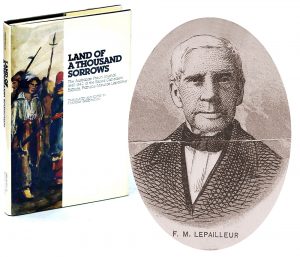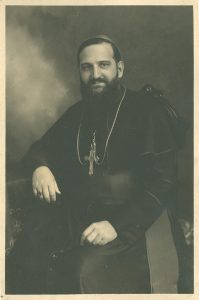They were present abroad
Although they explored the world, the LePailleurs always came home
The presence of the LePailleur family is especially felt in the province of Quebec, sometimes in the form of archives or objects they have bequeathed, sometimes in the name of a street, a public square or a residence.
But the family has also had an influence elsewhere in the world: in the United States, for example, where some of its members were priests, such as Father Jean-Baptiste Bourassa and his brother, Vicar Jules-Alcibiade, or musicians, such as pianist Maurice-Alfred LePailleur.
More notably, François-Maurice LePailleur particularly distinguished himself abroad. This patriot from Châteauguay was exiled to Australia because of his participation in the insurrections of 1837-38. Today, in some places marked by the passage of expatriate prisoners, there are monuments that testify to their passage. The National Library of Australia even keeps on its shelves two copies of Diary of a Patriot Exiled in Australia (in English and French), written by François-Maurice during his six years in this foreign land.
The family also set foot in Europe. The first to do so, Auguste Descarries, gave recitals during his studies in music in Paris, and worked with masters in the musical field. His cousin Alfred LePailleur spent time in Rome, where he continued his theological studies, then left Europe for Bengal to become the first Canadian bishop in India. He was in charge of the local diocese for 24 years. He even decided to learn the language of the country in order to better communicate with the locals and to share the Holy Scriptures with them.
Although they lived in foreign lands, the men of the LePailleur lineage always came back to the country where they were born, whether to lead a long and prosperous life or to die a few months after their return.





